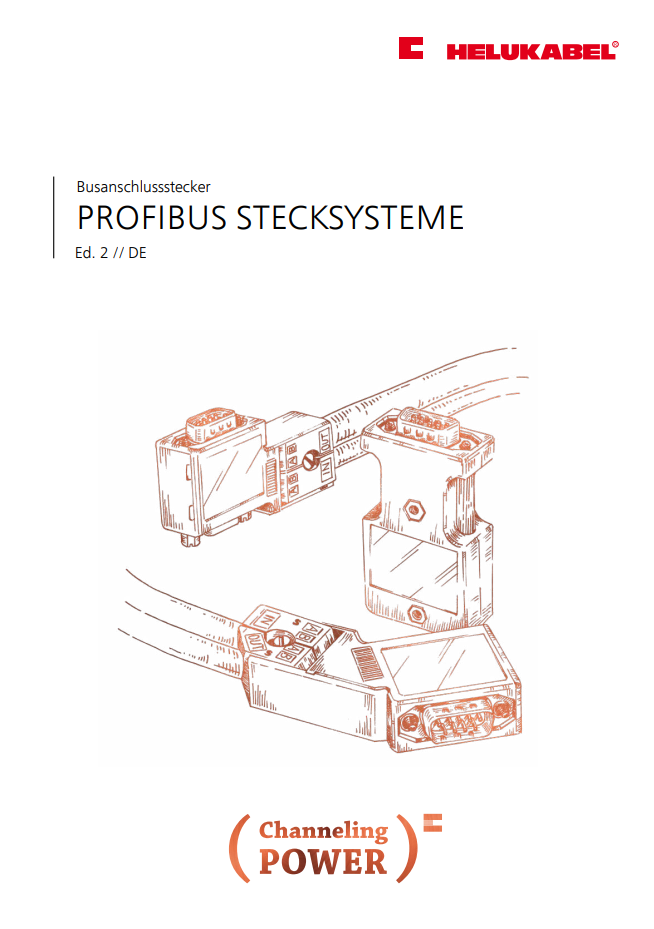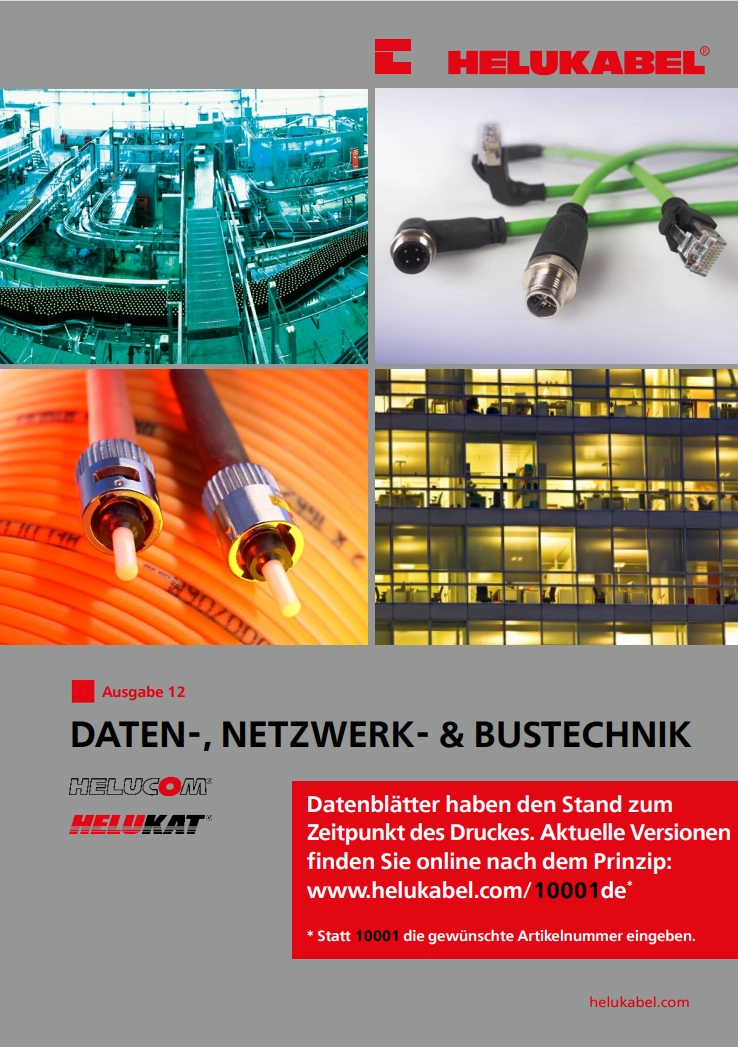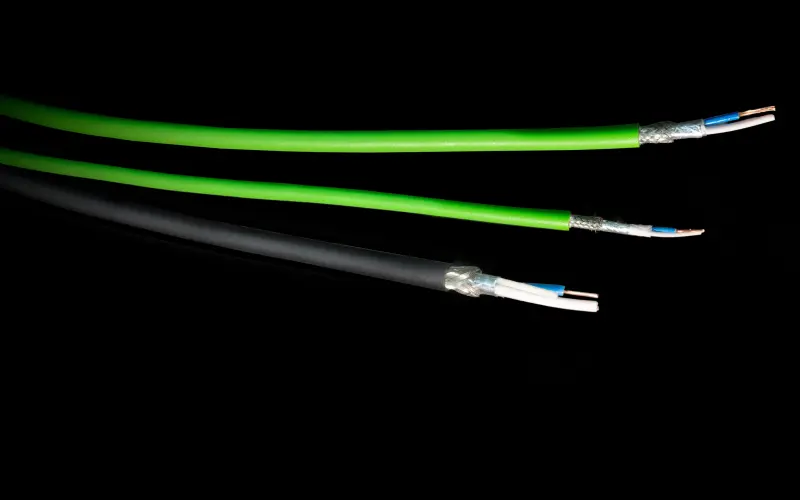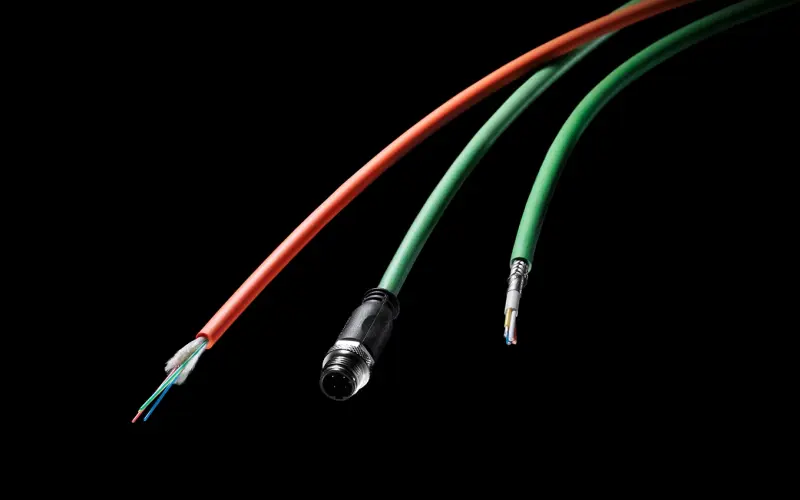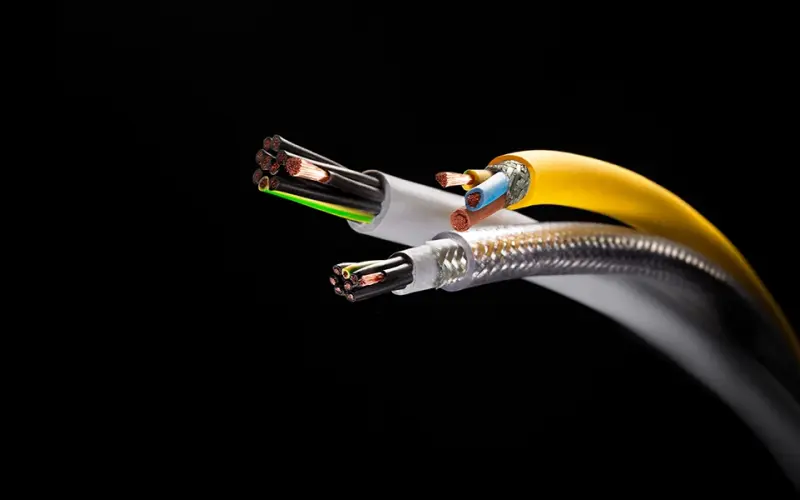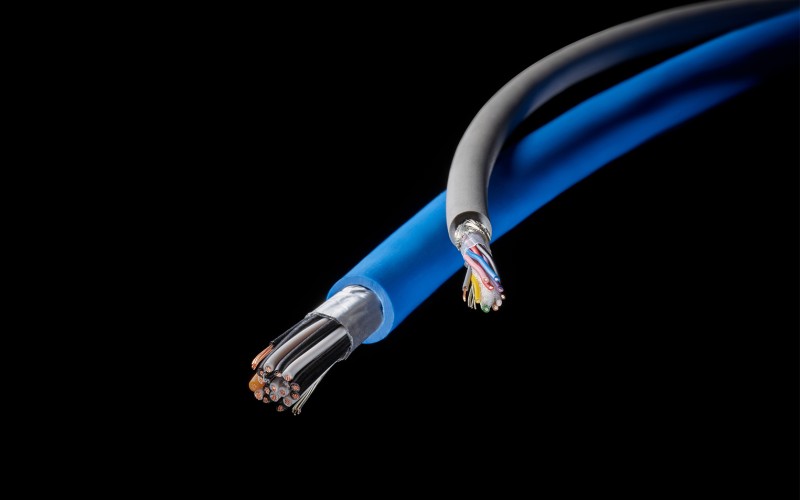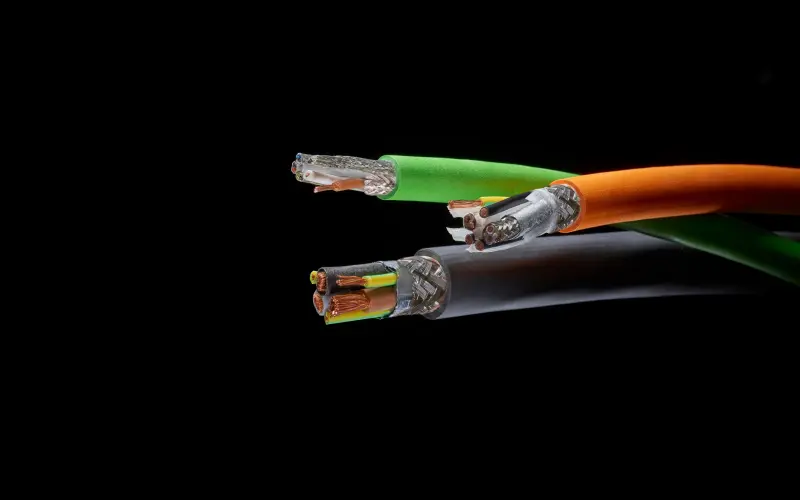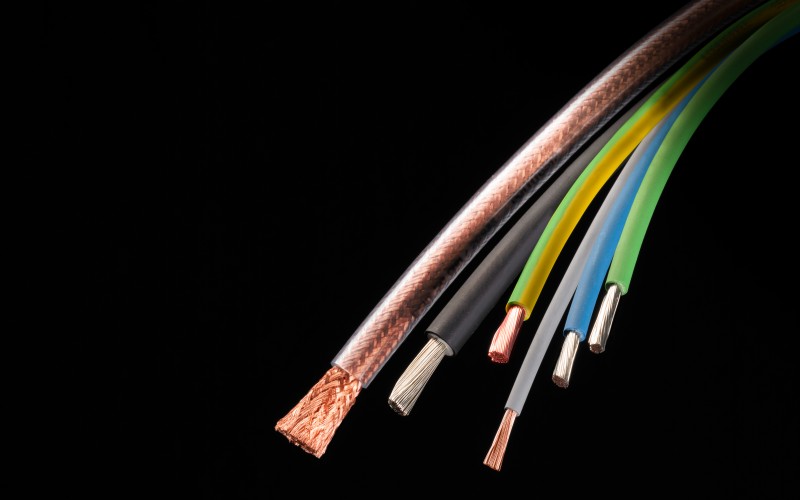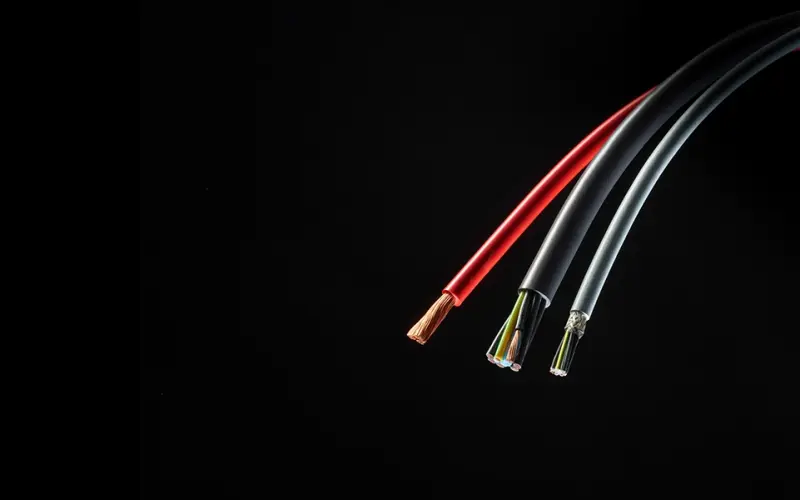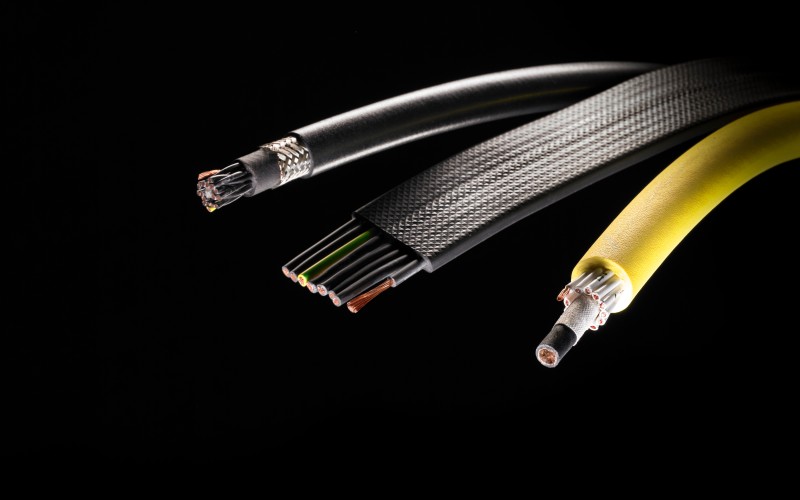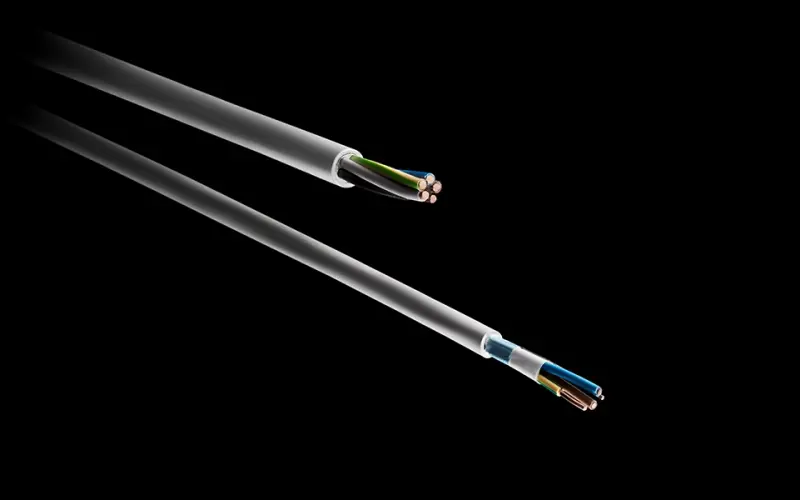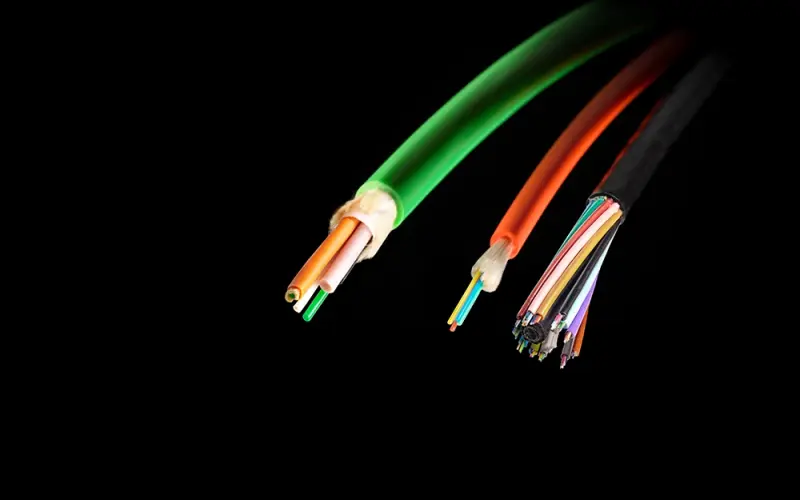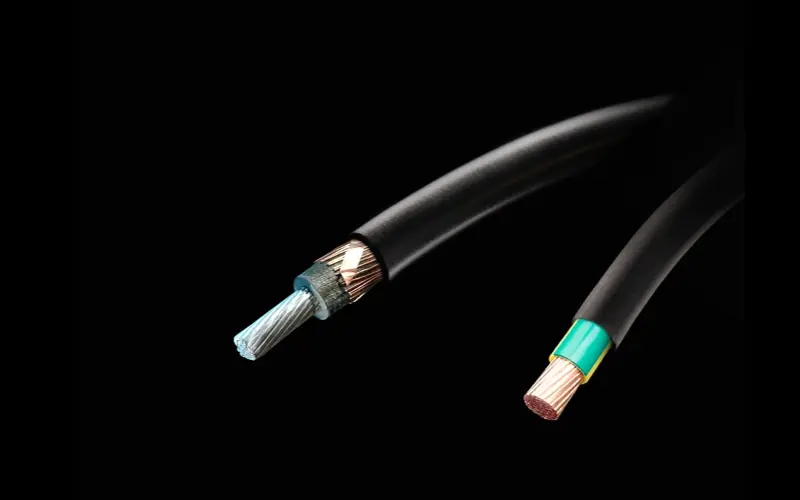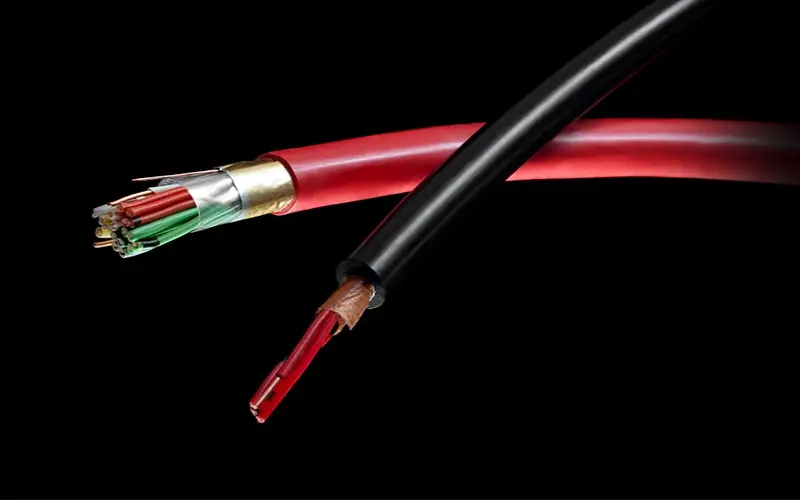Bus cables: The backbone of modern data communications
What are bus cables and why are they so indispensable?
Bus cables form the foundation of digital communications in Industry 4.0. These cables connect devices in networks using established protocols, with all users being connected to the same cable.
In industrial sectors, bus systems control production plants, sensors, and actuators. PROFIBUS cables are often used for this as they function reliably even in extreme conditions. In automobile manufacturing, they ensure that robot arms and sensors are able to responsively interact with one another, even when exposed to strong electromagnetic forces. In modern office buildings, our KNX bus cables dependably control lighting, air conditioning units, and security systems to ensure comfort and energy efficiency. Solutions for automation in logistics utilise field bus cables for conveyor technology and warehouse management. In short, bus cables form the nervous system of modern technology.
Your advantages at a glance
- Thanks to a double screen, our bus cables minimise disruptions in production halls containing many frequency converters, thus reducing downtime notably.
- Cost efficiency through durability: Temperature resistance from -40 to +80°C extends the lifespan of your systems and reduces maintenance costs.
- Our KNX cables are certified acc. to EN 50090 and can integrate devices from over 400 manufacturers into one unified building management system.


Requirements: What separates high-quality bus cables from the rest
Technology that needs to do more
Modern bus cables are designed to tackle different technical challenges. EMC protection preserves signal quality by screening the cable from electromagnetic disruptions and preventing the emission of interference. Their flexibility makes installation easy, even in narrow cable channels. Their temperature resistance ensures operation from -40 to +80°C allowing data to be transmitted at high speeds without loss.
What sets our cables apart
HELUKABEL bus cables fulfil all relevant standards and provide additional advantages: High-quality materials extend their lifespan, and precisely defined impedance values ensure stable signal transmission. Our PROFIBUS cables have been tested in food production, subjected to extreme temperatures and moisture, and, even in these conditions, have been proven to ensure uninterrupted data transmission.
Discover the right bus cables for your application in our B2B online shop now
EIB and KNX: Two standards, one goal
EIB bus cables laid the groundwork for building automation. The European Installation Bus System was established as the standard for intelligent buildings. KNX cables are a newer development that combines EIB, BatiBUS, and EHS into a unitary standard. Both systems use the same cabling but differ in their protocol variety. KNX offers more flexibility with device integration and is compatible with EIB.
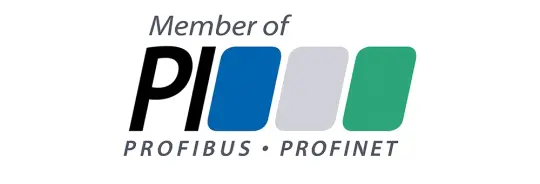
HELUKABEL is a member of the PROFIBUS Nutzerorganisation e.V. (User Organisation)—a leading industry community focused on the standardisation and development of industrial communications technologies. The organisation also promotes the PROFIBUS and PROFINET technologies. As a member of this expert network, we are actively participating in shaping the future of industrial communication. Our membership not only strengthens communication between manufacturers and users, but emphasises our commitment to supplying ever-more interconnected industries with high-performance and future-proof solutions.
FAQ
How are bus cables and network cables different?
Network cables such as Cat5e or Cat6 follow the Ethernet standard and use packet-based transmission. They connect computers, servers, and switches in IT networks. Bus cables, on the other hand, are deterministic and capable of real time transmission. They transmit data within predetermined time frames without packet loss and guarantee the precise control of machines and systems.


